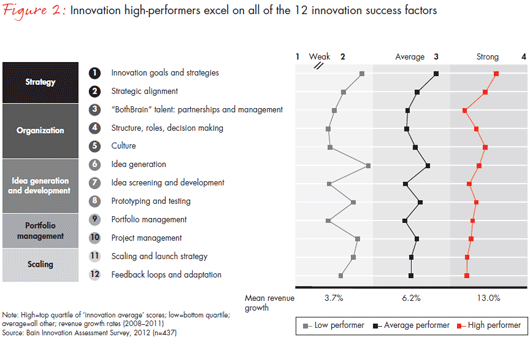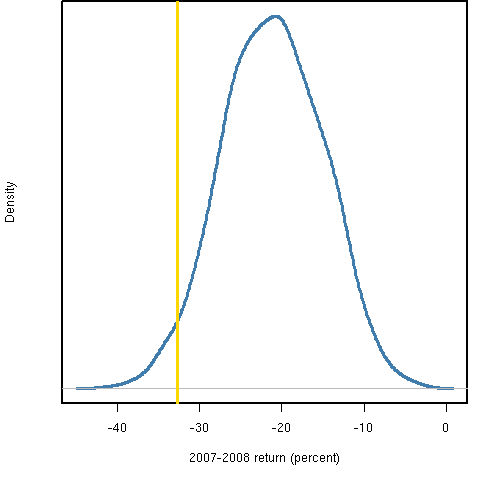How to Measure Your Portfolio s Performance
Post on: 15 Июнь, 2015 No Comment

How to Measure Your Portfolios Performance 5.00 / 5 (100.00%) 1 vote
Portfolio evaluation is an important part of investing. While the returns from an investment is an important performance indicator, it is not the only one. Earnings alone do not address the risk undertaken by the investor. That said, both risk and earnings must be considered when quantifying performance. The following are three measurement tools that you can use to measure your portfolios performance.
1. Treynor Measure
This performance measurement technique was developed by Jack L. Treynor. His main objective was to come up with a performance measure that applied to all investors irrespective of their personal risk preferences. Treynor held the view that there are two types of risks. The first category of risk arises from fluctuations in the market while the second arises from fluctuation of individual securities. The Treynor Measure, also known as the reward to volatility ratio, can be determined by dividing the difference between portfolio return and risk-free returns by beta coefficient. Beta defines the relationship between the rates of returns of a portfolio to the market rates of returns. This method of measuring portfolio performance is best suited for investors who have well-diversified portfolios.
2. Sharpe Ratio
This measure is very similar to the Treynor measure except for the fact that the Sharpe ratio uses the standard deviation of the portfolio as opposed to the beta coefficient (systematic risk). The ratio is obtained by dividing the risk premium (difference between portfolio return and the risk-free rate) to the standard deviation. This measure can be used to identify the best performing portfolio based on risk-adjusted return, not just the highest returns. Since the standard deviation measures the total portfolio risk, the Sharpe ratio measures the performance of a portfolio based on both diversification and rate of return. The ratio is perfect for analyzing the performance of portfolios that are well-diversified.

3. Jensen Measure
This measure is also known as alpha. It measures the excess return generated by a portfolio over the expected return. Like the first two performance measurement tools, the Jensen measure is also based on the CAPM (Capital Asset Pricing Model). It is basically a measure of how much a portfolios rate of return can be attributed to the managers ability to produce above-average results adjusted for market risk. A bigger ratio often reflects better risk-adjusted returns. Alpha/Jensen measure is simply the difference between the portfolio return and the benchmark portfolio return. This performance measurement tool was specifically designed for mutual funds and other well-diversified portfolios.
You can use any of these tools to measure your portfolios performance. Investors can use these tools to find out if their funds are well invested. The portfolio performance measurement tools can also be used in financial modeling to help investors assess how effectively their funds can be invested. Without risk and performance evaluation, investors can make investment decisions that seem wise right now but are actually very risky in the long term.














